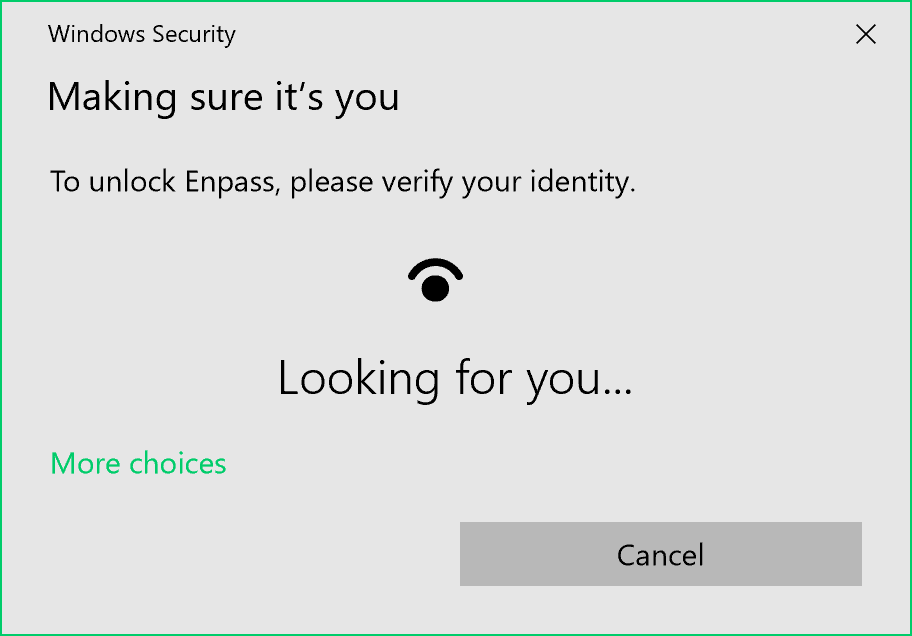|
List Of Features Removed In Windows 10
Windows 10 is a version of Windows NT and the successor of Windows 8.1. Some features of the operating system were removed in comparison to Windows 8 and Windows 8.1, and further changes in features offered have occurred within subsequent feature updates to Windows 10. Following is a list of these. Features removed in version 1507: (RTM) Windows shell *The charms are removed, and replaced with the Action Center. In Windows Runtime apps, a menu button appears on the title bar that can be used to access the functions that previously required its usage. *Users are no longer able to synchronize Start menu layouts across all devices associated with a Microsoft account. A Microsoft developer justified the change by explaining that a user may have different applications they want to emphasize on each device that they use, rather than use the same configuration across each device. The ability to automatically install a Windows app across all devices associated with an account was also ... [...More Info...] [...Related Items...] OR: [Wikipedia] [Google] [Baidu] |
Windows 10
Windows 10 is a major release of Microsoft's Windows NT operating system. It is the direct successor to Windows 8.1, which was released nearly two years earlier. It was released to manufacturing on July 15, 2015, and later to retail on July 29, 2015. Windows 10 was made available for download via MSDN and TechNet, as a free upgrade for retail copies of Windows 8 and Windows 8.1 users via the Windows Store, and to Windows 7 users via Windows Update. Windows 10 receives new builds on an ongoing basis, which are available at no additional cost to users, in addition to additional test builds of Windows 10, which are available to Windows Insiders. Devices in enterprise environments can receive these updates at a slower pace, or use long-term support milestones that only receive critical updates, such as security patches, over their ten-year lifespan of extended support. In June 2021, Microsoft announced that support for Windows 10 editions which are not in the Long ... [...More Info...] [...Related Items...] OR: [Wikipedia] [Google] [Baidu] |
MS-DOS
MS-DOS ( ; acronym for Microsoft Disk Operating System, also known as Microsoft DOS) is an operating system for x86-based personal computers mostly developed by Microsoft. Collectively, MS-DOS, its rebranding as IBM PC DOS, and a few operating systems attempting to be compatible with MS-DOS, are sometimes referred to as "DOS" (which is also the generic acronym for disk operating system). MS-DOS was the main operating system for IBM PC compatibles during the 1980s, from which point it was gradually superseded by operating systems offering a graphical user interface (GUI), in various generations of the graphical Microsoft Windows operating system. IBM licensed and re-released it in 1981 as PC DOS 1.0 for use in its PCs. Although MS-DOS and PC DOS were initially developed in parallel by Microsoft and IBM, the two products diverged after twelve years, in 1993, with recognizable differences in compatibility, syntax, and capabilities. Beginning in 1988 with DR-DOS, Co ... [...More Info...] [...Related Items...] OR: [Wikipedia] [Google] [Baidu] |
Softpedia
Softpedia is a software and tech news website based in Romania. It indexes, reviews and hosts various downloadable software and reports news on technology and science topics. Website Softpedia hosts reviews written by its staff—each review includes a 1 to 5 star rating and often a public rating to which any of the site's visitors may contribute. Products are organised in categories which visitors can sort according to most recent updates, number of downloads, or ratings. Free software and commercial software (and their free trials) can also be separated. Softpedia displays virtual awards for products free of adware, spyware Spyware (a portmanteau for spying software) is software with malicious behaviour that aims to gather information about a person or organization and send it to another entity in a way that harms the user—for example, by violating their privac ... and commercial tie-ins. Products that include these unrelated and/or unanticipated components and offers ... [...More Info...] [...Related Items...] OR: [Wikipedia] [Google] [Baidu] |
File Explorer
File Explorer, previously known as Windows Explorer, is a file manager application that is included with releases of the Microsoft Windows operating system from Windows 95 onwards. It provides a graphical user interface for accessing the file systems. It is also the component of the operating system that presents many user interface items on the screen such as the taskbar and desktop. Controlling the computer is possible without Windows Explorer running (for example, the command in Task Manager on NT-derived versions of Windows will function without it, as will commands typed in a command prompt window). Overview Windows Explorer was first included with Windows 95 as a replacement for File Manager, which came with all versions of Windows 3.x operating systems. Explorer could be accessed by double-clicking the new My Computer desktop icon or launched from the new Start Menu that replaced the earlier Program Manager. There is also a shortcut key combination: . Successive version ... [...More Info...] [...Related Items...] OR: [Wikipedia] [Google] [Baidu] |
